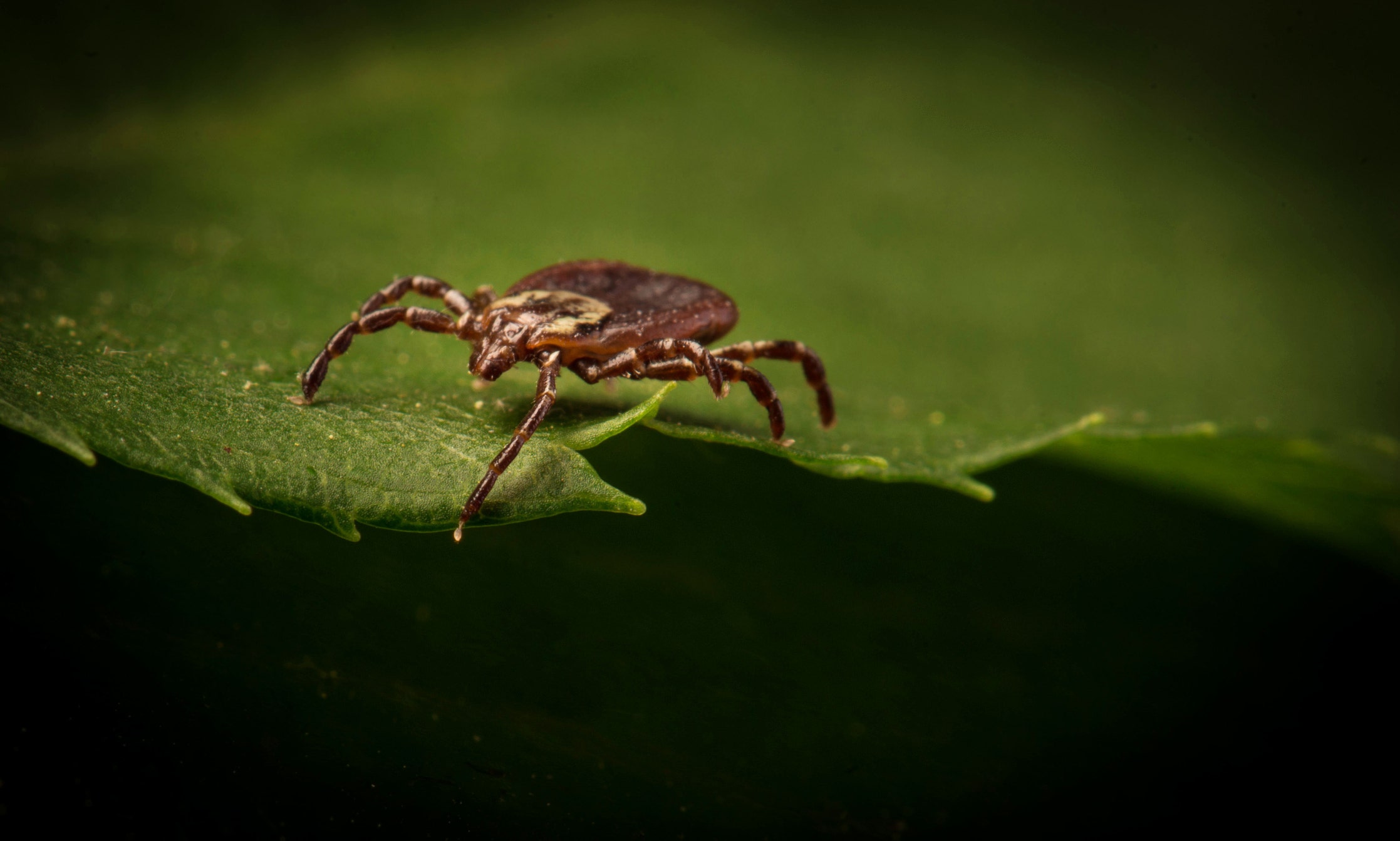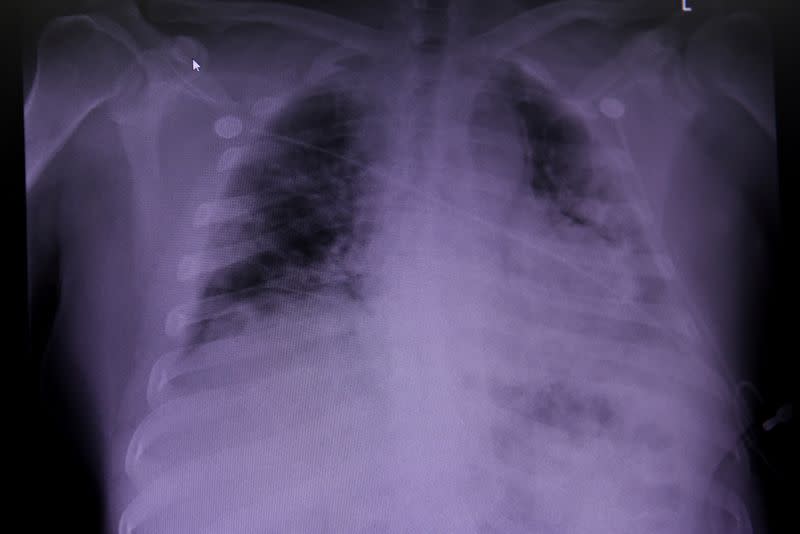Dog ticks prefer humans as hosts when temperatures rise
As temperatures rise as a results of local weather change, ticks carrying the lethal bacterial illness Rocky Mountain spotted fever (RMSF) might shift their feeding preferences away from canine and towards humans, in response to new analysis.
The findings, which have been offered immediately (Nov. 16) on the Annual Meeting of the American Society of Tropical Medicine and Hygiene, are an ominous signal of how climate change (and the anticipated rise in common temperatures) might enhance folks’s threat of contracting tick-borne illnesses.
As temperatures rise as a results of local weather change, ticks carrying the lethal bacterial illness Rocky Mountain noticed fever (RMSF) might shift their feeding preferences away from canine and towards humans, in response to new analysis. (iStock)
“Our work indicates that when the weather gets hot, we should be much more vigilant for infections of RMSF in humans,” Dr. Laura Backus, a veterinarian and doctoral scholar, who led the research on the University of California, Davis School of Veterinary Medicine, said in a statement. “We found that when temperatures rose from about 74 to 100 degrees Fahrenheit [23 to 38 degrees Celsius], brown dog ticks that carry the disease were 2.5 times more likely to prefer humans over dogs.”
RMSF is a illness attributable to the micro organism Rickettsia rickettsii, which is carried by ticks that normally feed on canine. In Arizona, the place a number of RMSF outbreaks have been reported lately, and different Southwestern states, it is transmitted primarily by the brown canine tick (Rhipicephalus sanguineus), in response to the Centers for Disease Control and Prevention (CDC). Within the primary 5 days of sickness, antibiotics can clear it up, however left untreated, the illness might be deadly. The incidence of RMSF within the U.S. has risen considerably lately from 495 instances in 2000, to a peak of 6,248 instances in 2017, in response to CDC data.
Predicting RMSF outbreaks is tough, mentioned Backus, however understanding what causes ticks to go after humans might assist. “If we can identify the situations, the environmental factors, that lead to humans getting bitten more often, we can then hopefully be able to identify and intervene faster and reduce cases,” Backus advised Live Science. Earlier work by different researchers had advised that temperature may be a kind of components, that’s, that brown canine ticks could also be extra aggressive towards humans in scorching climate, Backus mentioned.
To check the speculation, Backus and colleagues recruited some courageous human and canine volunteers for a novel experiment. The researchers arrange two giant wood containers, one containing a dog, the opposite, a human, related by a transparent plastic tube. They launched 20 ticks at a time into the center of the tube and, for 20 minutes, noticed whether or not the ticks, which select their hosts by odor, moved towards the canine, towards the human or stayed put. Mesh limitations prevented the ticks from reaching their meant hosts. The researchers carried out the experiment at two totally different temperatures, about 74 F (23.3 C), or room temperature, and about 100 F (37.8 C). They used two varieties of brown canine ticks: tropical ticks, discovered within the Southern U.S., and temperate ticks, discovered all through the continental U.S. They did 10 trials at every temperature for every kind of tick.
Looking at the entire trials mixed, the tropical ticks have been extra prone to transfer towards canine at room temperature, with a mean of 5.2 of the 20 ticks shifting towards the canine and a pair of.9 ticks crawling towards the human, Backus mentioned. At excessive temperatures, nevertheless, they shifted their desire towards humans: An common of 4.4 ticks moved towards the canine, whereas 7.5 ticks moved towards the particular person. At the upper temperature, the ticks have been additionally extra seemingly to select, fairly than staying in the midst of the tube.
The outcomes have been much less clear for the temperate ticks. At increased temperatures, considerably fewer temperate ticks selected canine. Slightly extra of the temperate ticks additionally selected humans on the increased temperature, however that enhance was not statistically significant, Backus mentioned.
The researchers aren’t certain what’s inflicting the ticks to shift host preferences. “At hotter temperatures, they might be more eager to find a host, because at higher temperatures, they’re more likely to dry out and die faster. And so that might be why they’re going toward the host more aggressively and more quickly for survival,” Backus mentioned. But this does not clarify why the ticks would prefer humans greater than canine at increased temperatures, she added.
The outcomes have implications for a way local weather change might have an effect on the incidence of RMSF. When it is scorching out, humans usually tend to be bitten by brown canine ticks, which may carry the illness, and as the local weather warms, there are prone to be extra scorching days, Backus mentioned. “There’s certainly a concern based on this that climate change translating to more hot weather events is going to lead to more disease outbreaks,” she added.
Originally revealed on Live Science.




